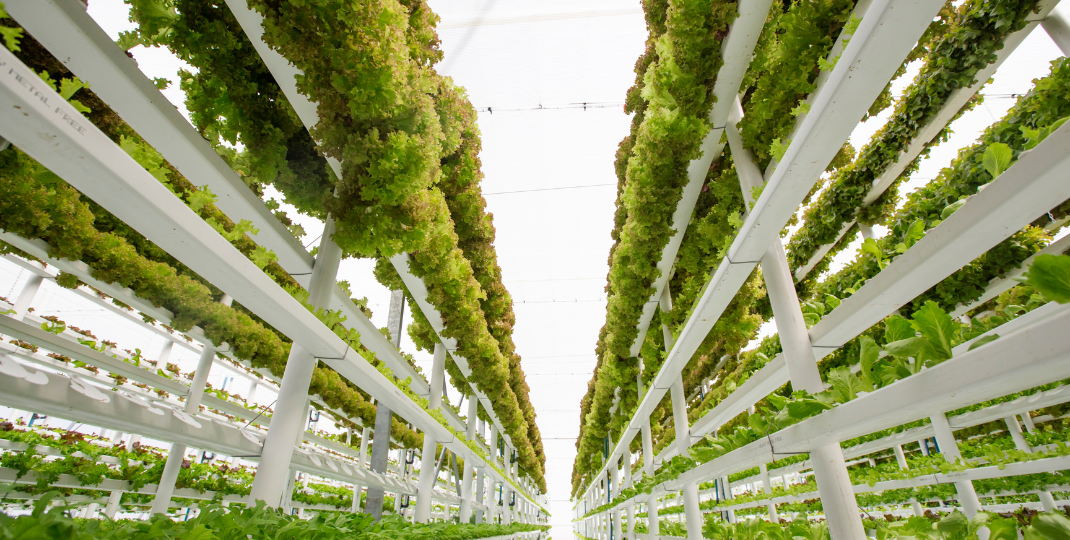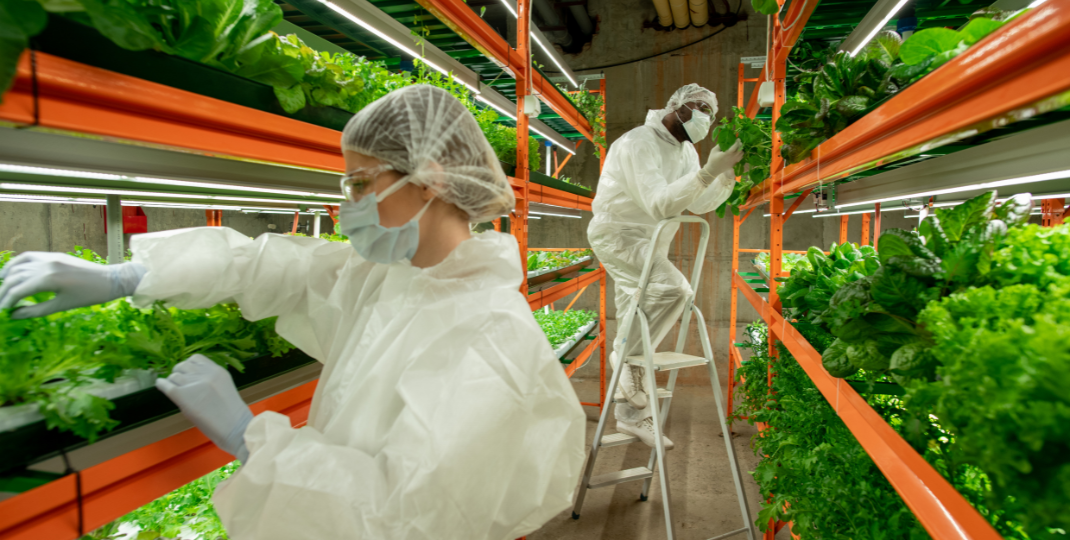Amino acids are the building blocks of proteins and play a crucial role in various physiological processes within the human body. While some amino acids can be obtained from dietary sources, others must be synthesized endogenously through complex biochemical pathways. Amino acid synthesis involves a series of enzymatic reactions that convert precursor molecules into specific amino acids. These pathways are tightly regulated to ensure the proper balance of amino acids in the body. Understanding the process of amino acid synthesis is important for elucidating the mechanisms underlying various diseases and developing targeted therapies to restore amino acid homeostasis.
Regulation of Amino Acid Synthesis in Different Organisms
The regulation of amino acid synthesis in different organisms is controlled through a combination of transcriptional, translational, and post-translational mechanisms. In bacteria, genes encoding enzymes involved in amino acid synthesis are often organized into operons, allowing for coordinated regulation of gene expression. Transcriptional regulators such as repressors and activators can bind to specific DNA sequences to control the expression of these genes. In eukaryotes, the availability of amino acids can regulate the activity of enzymes involved in their synthesis through feedback inhibition or the activation of signaling pathways. Additionally, post-translational modifications such as phosphorylation or proteolysis can also regulate the activity of key enzymes in the amino acid synthesis pathway. Ultimately, the regulation of amino acid synthesis in different organisms is tightly controlled to ensure that cells have a balanced pool of amino acids for protein synthesis and other essential cellular processes.

What are the precise mechanisms by which individual amino acids are synthesized within cells?
Amino acids are synthesized within cells through a series of enzymatic reactions that take place in specific organelles such as the cytoplasm and mitochondria. These reactions involve various enzymes that catalyze the conversion of precursor molecules into each individual amino acid. For example, the process of amino acid synthesis typically begins with the conversion of simple molecules such as glucose or intermediates from metabolic pathways like the citric acid cycle into key compounds that serve as building blocks for amino acids. Subsequent steps involve the incorporation of nitrogen atoms, often derived from ammonia or other nitrogen-containing compounds, into these precursors to form the final amino acid molecule. The synthesis of each amino acid is tightly regulated to ensure proper balance and availability for protein synthesis and other cellular processes.
Are there any external factors that can influence the rate of amino acid synthesis in living organisms?
Yes, there are several external factors that can influence the rate of amino acid synthesis in living organisms. These include environmental conditions such as temperature, pH, and availability of nutrients. For example, changes in temperature can affect the activity of enzymes involved in amino acid synthesis, leading to fluctuations in the rate of protein production. Additionally, the presence of certain chemicals or toxins in the environment can inhibit or stimulate the synthesis of specific amino acids. Furthermore, stress, infections, and diseases can also impact the ability of cells to produce amino acids, as the body may prioritize other physiological processes over protein synthesis in times of need.
How do genetic mutations affect the ability of cells to synthesize specific amino acids?
Genetic mutations can affect the ability of cells to synthesize specific amino acids by disrupting the normal functioning of genes responsible for encoding enzymes involved in amino acid synthesis. Mutations can alter the structure or expression of these genes, leading to changes in the quantity or quality of the corresponding enzymes. This can result in reduced activity or complete loss of function of essential enzymes, which impairs the cell's ability to produce specific amino acids. As a result, cells may suffer from amino acid deficiencies, impacting various cellular processes and potentially leading to health problems.
Can amino acid synthesis be artificially manipulated or enhanced in order to improve health or treat disease?
Amino acid synthesis can indeed be artificially manipulated or enhanced through various means such as genetic engineering, supplementation with specific nutrients, or the use of pharmaceutical drugs. By targeting key enzymes and pathways involved in amino acid production, researchers have been able to modulate the levels of certain amino acids in the body, which can have profound effects on health and disease. For example, increasing the synthesis aminoacid synthesis of essential amino acids like arginine or glutamine may help improve immune function or muscle growth, while inhibiting the production of non-essential amino acids like glutamate may be beneficial in treating conditions associated with excessive inflammation or oxidative stress. Overall, manipulating amino acid synthesis holds great potential for developing new therapies for a wide range of diseases and improving overall health outcomes.

Are there any unknown intermediates or enzymes involved in the pathways of amino acid synthesis?
While the pathways of amino acid synthesis are well-studied and understood, there may still be unknown intermediates or enzymes involved in these processes. As research continues to uncover new information about biochemical pathways and enzyme functions, it is possible that previously unrecognized intermediates or enzymes may be discovered to play a role in amino acid synthesis. Additionally, variations in these pathways across different organisms or under specific conditions could reveal new intermediates or enzymes that have yet to be identified. Overall, while the overall framework of amino acid synthesis pathways is established, there is ongoing potential for new discoveries to further enhance our understanding of these complex biochemical processes.
What role does the availability of precursor molecules play in regulating the overall rate of amino acid synthesis?
The availability of precursor molecules plays a crucial role in regulating the overall rate of amino acid synthesis. Precursor molecules are necessary building blocks for the biosynthesis of amino acids, which are essential for protein production and various cellular functions. When precursor molecules are abundant, cells can efficiently synthesize amino acids at a faster rate. However, if precursor molecules are limited, cells may prioritize the synthesis of certain amino acids while slowing down the production of others. This regulation ensures that cells maintain a balance of amino acids for proper protein synthesis and metabolic processes. Thus, the availability of precursor molecules is a key factor in controlling the overall rate of amino acid synthesis.
Exploring the impact of environmental conditions on amino acid synthesis efficiency within cells
Various environmental conditions, such as temperature or pH, can have a significant impact on the efficiency of amino acid synthesis within cells. For example, high temperatures can denature enzymes involved in amino acid synthesis, leading to reduced efficiency and potentially even cell death. Similarly, extreme pH levels can disrupt the active sites of enzymes, interfering with their ability to catalyze the necessary reactions for amino acid production. Optimal environmental conditions are essential for maintaining the proper functioning of the cellular machinery responsible for amino acid synthesis, ensuring that essential proteins can be produced efficiently.
The Importance of Amino Acid Synthesis in Biological Processes
1. Amino acid synthesis is a complex biological process that involves numerous enzymes and metabolic pathways.

2. There are 20 different amino acids that are essential for protein synthesis in the human body.
3. Amino acids can be synthesized de novo from basic precursors or obtained through dietary sources.
4. The synthesis of amino acids requires energy in the form of ATP, as well as various coenzymes and cofactors.